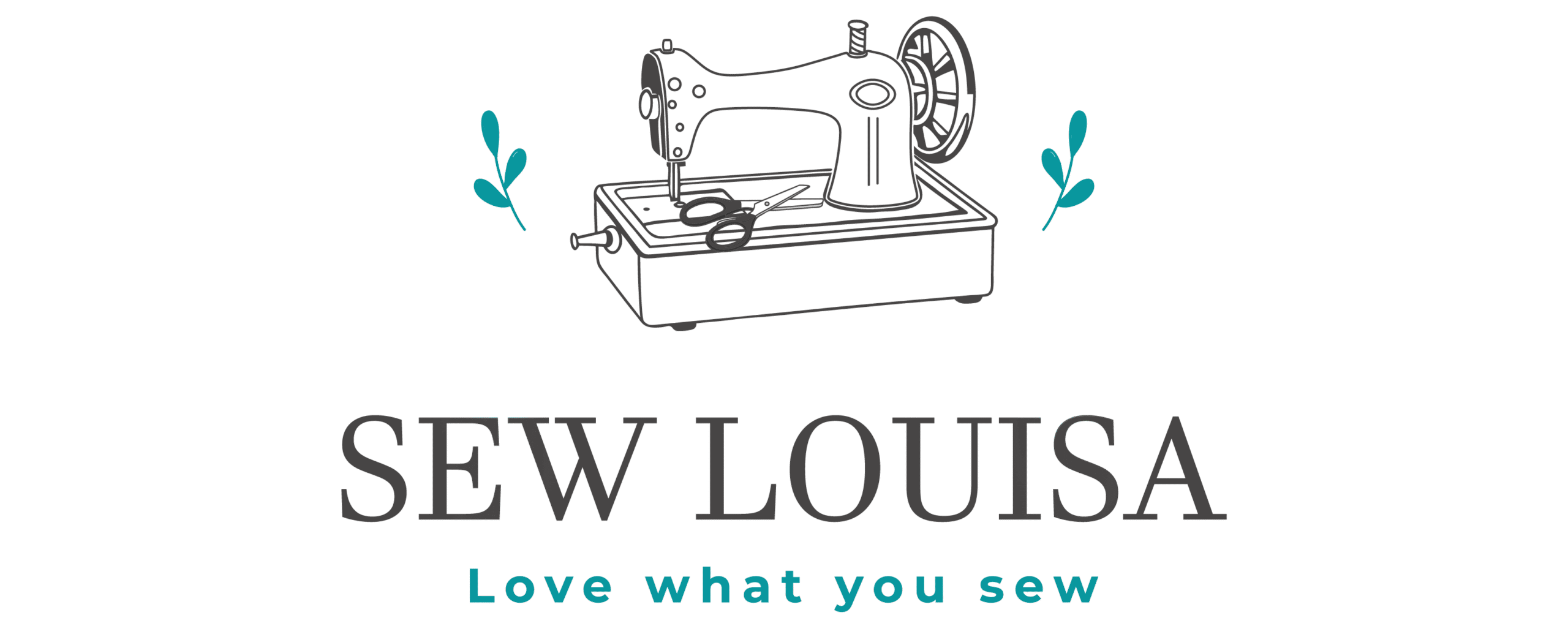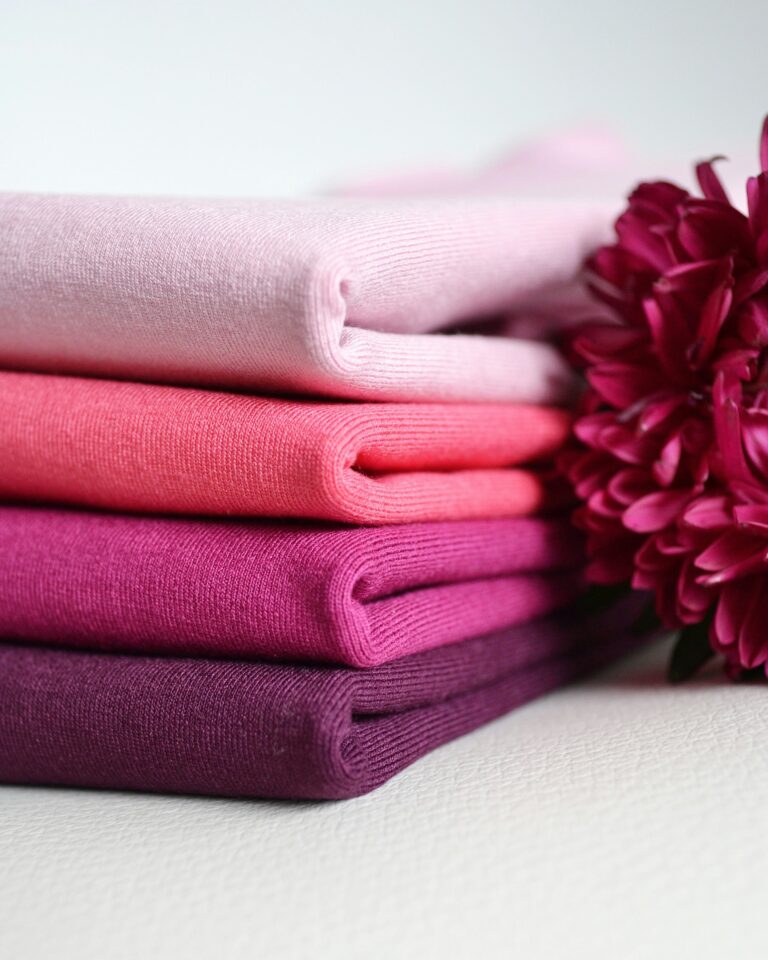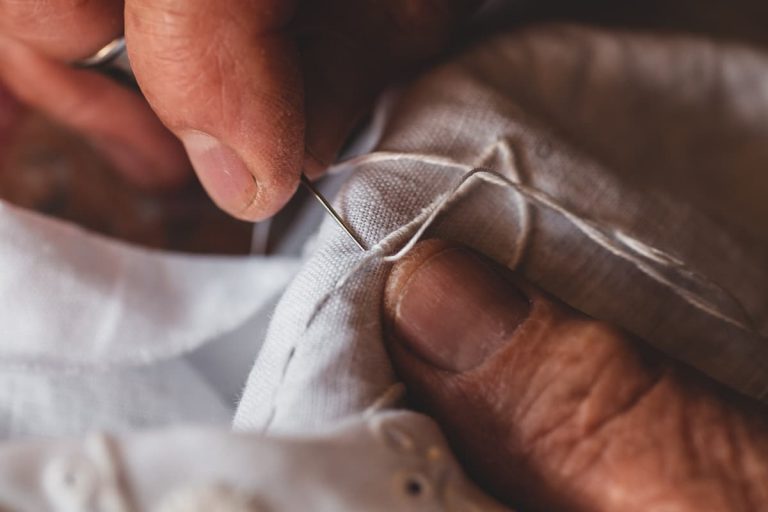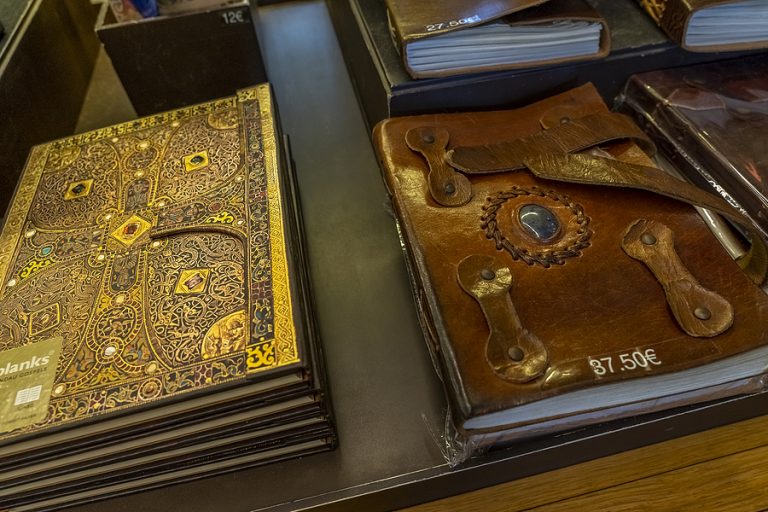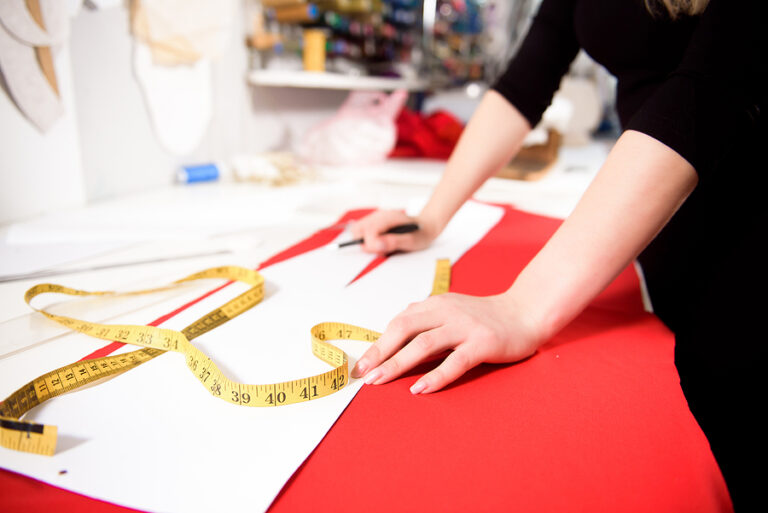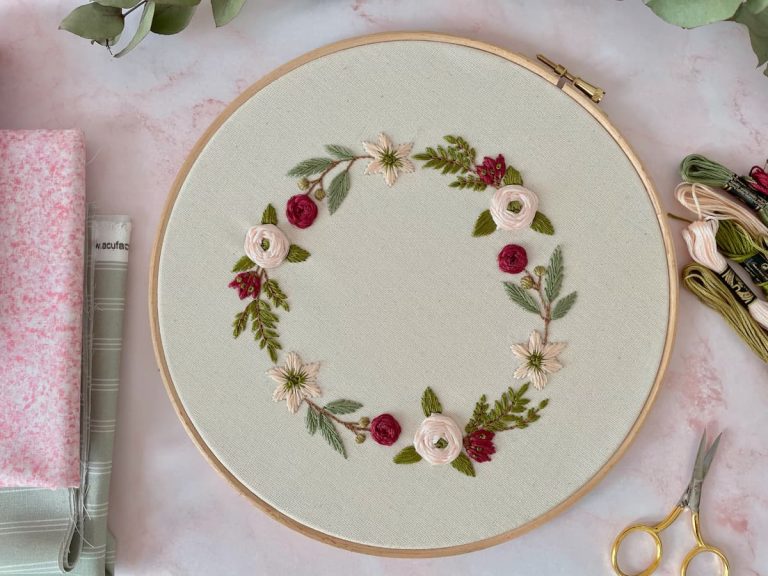In a world filled with different mediums of expression, embroidery stands out as one of the most unique, long-lasting and long-enduring art forms in the world, with a history that dates as far back as the 5th century BC.
From these early Warring States period pieces, through to the Bayeux Tapestry (which is actually an embroidery piece), all the way to present-day works, custom embroidery stitching has maintained an enduring uniqueness that sets it apart from other art forms known for their rapid evolution.
Here are some ways embroidery is like no other art form.
It Has Never Fundamentally Changed
Ever since sewing techniques developed from the practical repair and reinforcement of cloth, the fundamental techniques and materials used in embroidery have never significantly changed.
The same types of stitches we use today have been used for thousands of years, whether in Warring States period China, Migration period Sweden, the era of the Opus Anglicanum or in the wide-reaching traditions that spread throughout the world.
Contrast this with painting, which has seen fundamental changes over the same time period with regards to the construction of canvas, the development and expense of different coloured paints and the evolution of different techniques and styles from the earliest days of the art form to today.
Embroidery has maintained its techniques and refinement from the earliest known examples until the age of machine embroidery which began in 1832.
It Was Both Luxurious And A Folk Art
What makes embroidery so special is that the art form was both an expressive art for non-professional artists to document their lives in a time when not everyone could read or write, and at the same time be a status symbol for royalty.
Thanks to embroidery, we not only have surviving works documenting some of the biggest events in history, but also a documentation of the lives of people who would otherwise remain hidden and silent.
